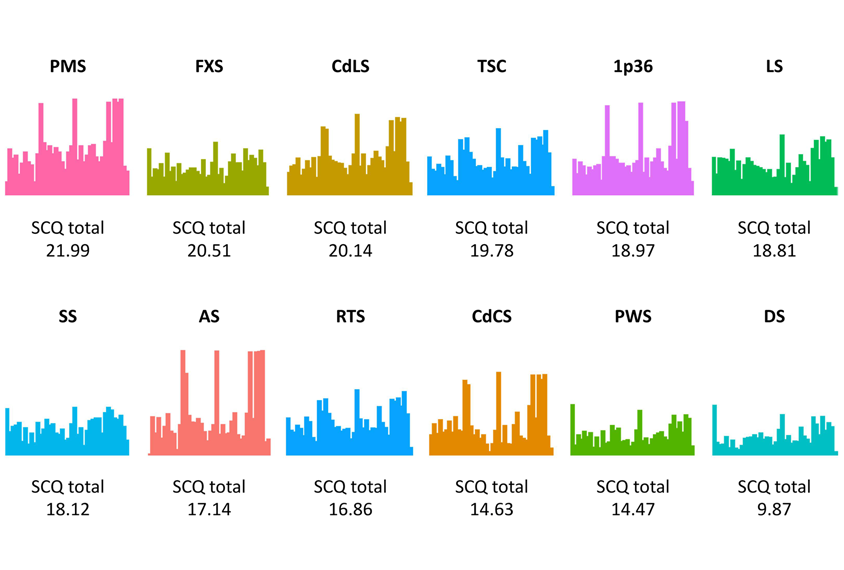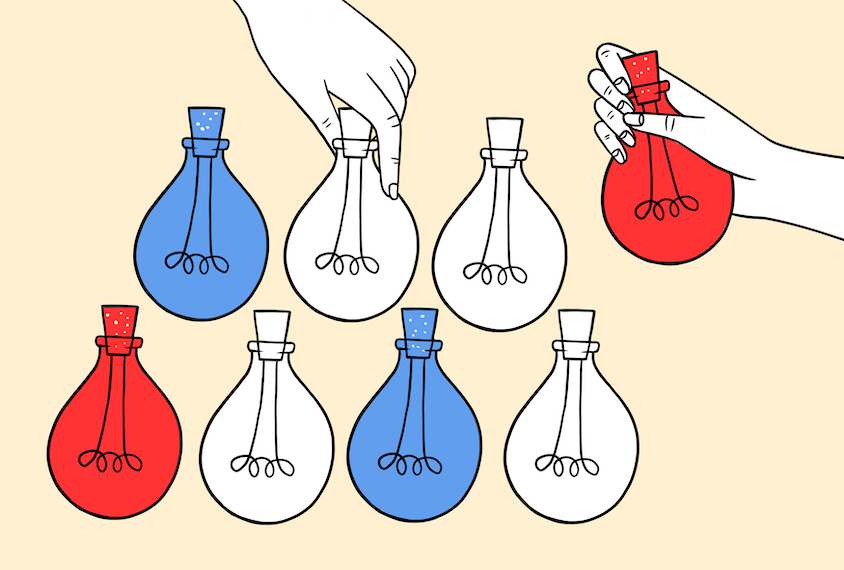For a scientific finding to be valid, or so the lore goes, it must be replicable: Anyone following the same methods should arrive at the same results.
But scientists’ inability to replicate many findings, often called a “reproducibility crisis,” is an illusion, due largely to the variation inherent in nature, argues neuroscientist Christophe Bernard in a new commentary in eNeuro, of which he is editor-in-chief. He also assigns some blame to “ego and carelessness,” advising budding scientists to “flee” their labs if they feel pressured to produce publishable — aka, splashy — results.
Any disillusioned scientists might be heartened to know that null results and replications are publishable, as evidenced by the existence of this newsletter. Here is this month’s roundup of the best ones. My inbox is open for feedback, papers and more solutions to the perhaps nonexistent replication crisis at [email protected].
Biomarker bust:
Neurodevelopmental conditions are diagnosed behaviorally, with no consistent biological markers yet discovered. That’s certainly not for lack of trying: A new review of potential diagnostic biomarkers for autism, attention-deficit/hyperactivity disorder (ADHD), intellectual disability and communication, motor, learning and tic disorders turned up 780 studies involving almost 300,000 participants. But despite this data deluge, no individual biomarker reached at least 80 percent sensitivity and specificity in two or more independent studies — in other words, none “could be defined as promising,” the researchers write. Much of the difficulty in locating a biomarker lies in the behavior-based nature of neuropsychiatric diagnoses, the researchers add, suggesting that grouping study participants by specific traits rather than diagnosis may help.
The study was published in World Psychiatry in January, fast on the tail of an independent review of 940 autism biomarkers, none of which had sufficient evidence for use in a clinical trial. That review was published in The American Journal of Psychiatry in December.
Trait profiles:
Though an autism diagnosis reflects behavior and not biology, people with different underlying genetics can have different presentations of the condition. That appeared to be the case in a 2014 study that predicted with 63 percent accuracy which of six genetic autism-linked conditions 322 people have, based on their scores on the Autism Diagnostic Interview-Revised (ADI-R). A new replication of that work expanded the pool to 1,582 people and 13 conditions, plus idiopathic autism — in which no cause can be identified. The updated work predicted a person’s condition with 55 percent accuracy, based on Social Communication Questionnaire (SCQ) scores. People with Angelman, fragile X, Prader-Willi or Rubinstein-Taybi syndrome had the most distinct profiles.
The findings were published in Molecular Autism in January.

Inhibitory signals:
The brain typically maintains a delicate balance of inhibitory and excitatory signals, which is thought to be disrupted in some forms of autism. As evidence for that idea, researchers have previously found reduced levels of gamma-aminobutyric acid (GABA), the neurotransmitter responsible for inhibitory signaling, in autistic people, at least in some regions of the brain. But a new study in 299 people found no differences in GABA levels between controls and those with autism, ADHD or obsessive-compulsive disorder. The researchers focused their search on the cerebellum, the “little brain” at the base of the skull that controls motor skills and is increasingly thought to be altered in autism and other neuropsychiatric conditions. The results suggest that atypical GABA levels don’t underlie the brain region’s connection to autism, the researchers write, and that the neurotransmitter may be more relevant in other areas of the brain.
The findings were published in Autism Research in January.
Et al.:
- Despite the reported difficulties autistic people have with eye contact, adults with and without the condition move their eyes similarly when speaking to another person, according to a new study. Autistic adults aren’t distressed — as measured by skin conductance — when making eye contact. Non-autistic adults, though, do show increased stress when attempting to make eye contact with a person averting their gaze. Autism
- Autistic and non-autistic adults learn to predict the location of an object on a screen equally quickly, suggesting no differences in procedural memory. Journal of Autism and Developmental Disorders
- Over roughly 10 years, adults with and without autism show similar declines in cognitive abilities such as working memory and task switching. Psychiatry Research
- The blood pressure drug bumetanide has no effect on autistic children’s neurocognitive skills, such as memory and executive function, according to a secondary analysis of a clinical trial. The trial reported null findings on Social Responsiveness Scale-2 scores, its primary outcome, in 2021. Journal of Autism and Developmental Disorders
- Autistic preschoolers’ placement in a special- versus mainstream-education classroom does not affect their scores on an autism assessment one to two years after diagnosis. Autism






